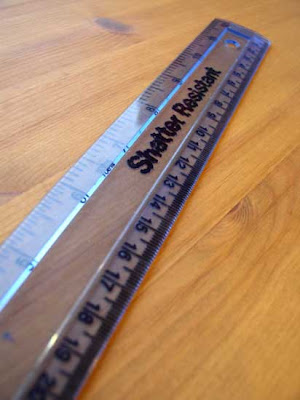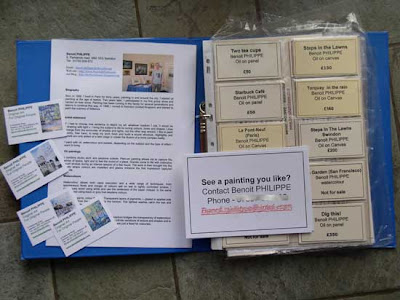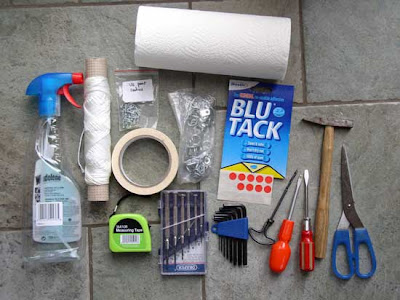This article was first published in my newsletter "Notes From My French Easel" – September 2009. Raoul Dufy was a French painter born in Le Havre (Normandy – France) in 1877, where he was able to study the work of Eugène Boudin in Le Havre Museum. He attended the Ecole Nationale Supérieure des Beaux-Arts in Paris at the same time as Georges Braque. In the early stage of his career, he was influenced by Camille Pissarro and Claude Monet and some of Dufy’s paintings done on the beaches of Normandy have a clear connection with Monet’s paintings of the same subject.
Dufy was most impressed when he saw in 1905 the painting “Luxe, Calme et Volupté” by Henri Matisse and he turned to Fauvism. Dufy produced in this style some vibrant and colourful paintings during this period.

Le Havre museum has a good collection of works by Raoul Dufy
Later he went for flat colours and line drawings, with scenes of beaches, crowed avenues, yachting, horse racing and views of the French Riviera (in the South of France). Some parallels can be drawn with Henri Matisse’s works, although he solved the issues raised by using flat colours in a different way.
Matisse and Dufy shared a taste for decorative patterns found in fabrics and wallpapers and used them to introduce variety in their compositions of flat colours. Both Matisse and Dufy were relying on a combination of flat colours and line drawing in their paintings, but with Dufy the line is more open and less definitive.
One feature that makes Raoul Dufy stand out is his use of what he calls “the theory of colour-light”. He wrote in one of his notebooks:
“By following the light of the sun, one wastes his time. The light in painting is altogether something else, it is a light of repartition, of composition, a colour-light.” (Quoted in the catalogue of the exhibition “Raoul Dufy – Le Plaisir” – Musée d’Art Moderne de la Ville de Paris). The idea is to make light radiate from the colour rather than having it brought to life by the external light of the sun (
“I paint with my colour-light which get its shinning power from itself, where in reality, the sun brings colours to life by lighting them.” - Notebook 9, pages 44 – MNAM documentation).
In some of his late water lilies paintings, Monet drew outlines for the lily pads that were shifted from the colour of the pad, creating some interesting tension and movement in his work. Raoul Dufy took it one step further by having some abstract blocks of colour in the background of his painting very loosely connected to the drawing of the subject in order to create a certain mood and add another dimension to the painting. It seems to me that Dufy transposed in his oil paintings a technique he found when he created ceramics.
While being a successful artist during his life time, Dufy suffered from being labelled as a “decorative painter”. He branched out and created ceramics, some fabric designs for the fashion designer Paul Poiret and he produced a great number of tapestries. Art critics marked him down for not staying in the field of “pure art” (if such a thing exists).
Where to see Raoul Dufy’s worksArtcyclopedia provides numerous links to museum having works by Raoul Dufy in their collection.
Raoul Dufy Art history Art quotes Le Havre Poiret Matisse Monet

































 by Leo Jansen, Hans Luijten and Nienke Bakker.
by Leo Jansen, Hans Luijten and Nienke Bakker. 







